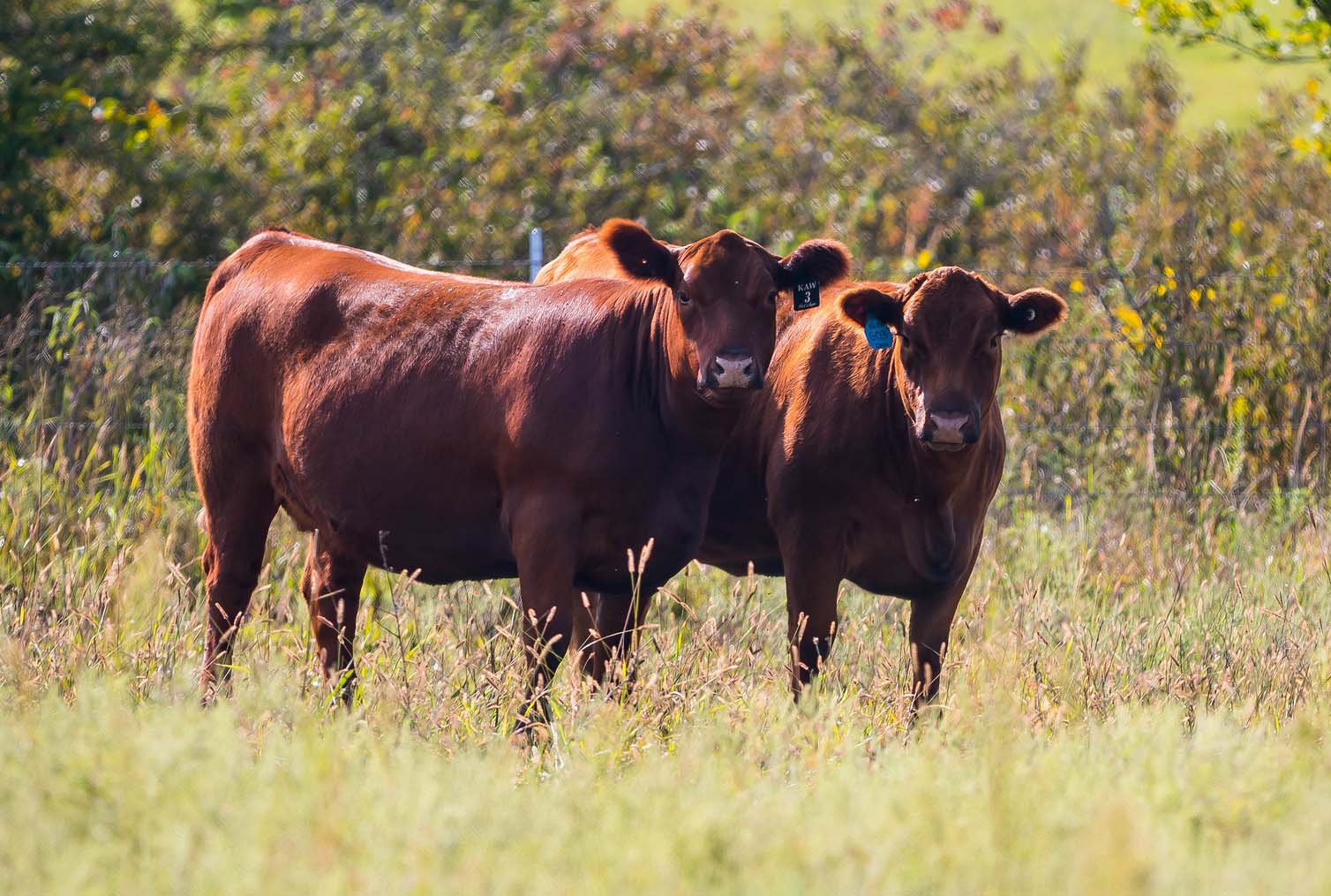
Grazing pastures need to be well maintained for optimum utilization. | Download this photo.
Cattle Chat: Developing a grazing plan
K-State beef cattle experts share ways to best utilize the annual forage resource
May 3, 2022
By Lisa Moser, K-State Research and Extension news service
MANHATTAN, Kan. — Many would agree that there is nothing like the taste and nutrient density of produce that comes straight from a home garden. In much the same way, beef cattle enjoy grazing lush early summer pastures, said the experts at the Kansas State University Beef Cattle Institute on a recent Cattle Chat podcast.
The key, said beef cattle nutritionist Phillip Lancaster, is to manage the grazing pastures appropriately.
“Stocking rate is the most important part of a grazing plan,” Lancaster said. That rate will vary from year to year depending on pasture conditions that are influenced by drought among other things, he said..
Podcast guest Vaughn Holder, ruminant research director for Alltech, said “an effective grazing management strategy will achieve two goals: maximize the production of the forage and manage how it is used by the cattle. If you go to the extremes in either direction, you will not end up achieving the maximum outcome.”
Any good plan will have contingencies, agreed the experts.
“A grazing plan will encompass a lot of strategies from pasture rotation to watershed management,” Lancaster said.
Regarding stocking rate, Lancaster advised that producers err on the conservative side to avoid overgrazing and damaging the grass.
“It is a lot bigger problem to run out of grass in a less productive year than to have some extra stockpiled in a good grazing year,” Lancaster said.
He said if the grasses are maintaining their production well, producers will be able to extend their grazing season longer into the fall.
Lancaster said: “If a producer can carry the cattle on pastures into the early winter without having to feed hay and supplement, they can make money by reducing the winter feed bill.”
To hear the full discussion, listen to the Cattle Chat podcast online.

